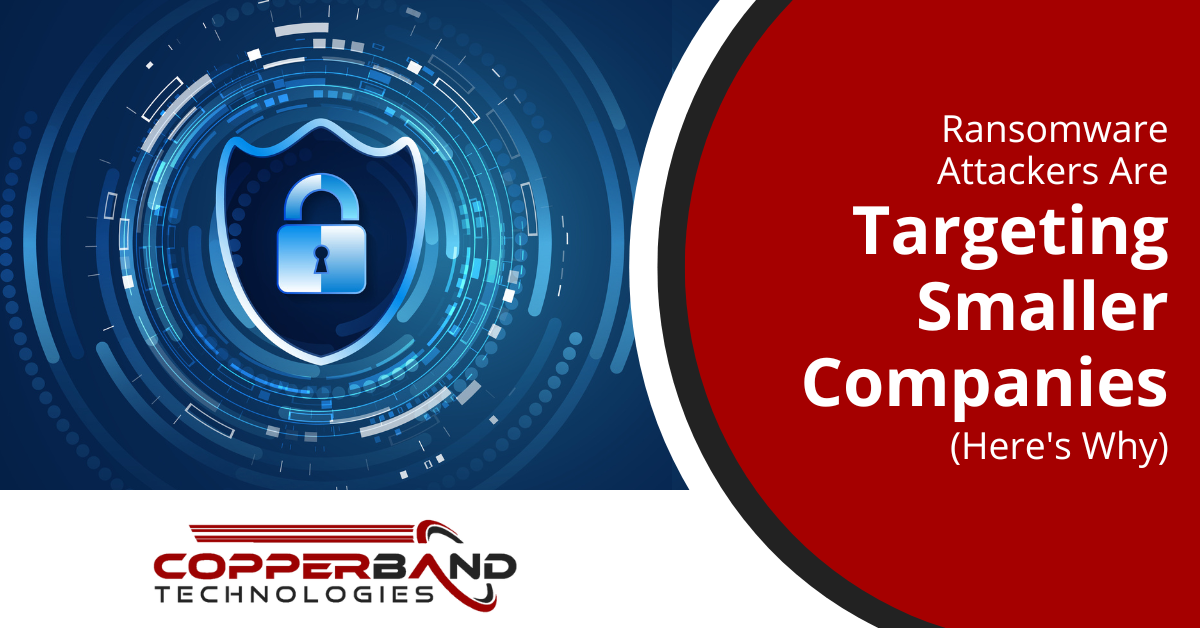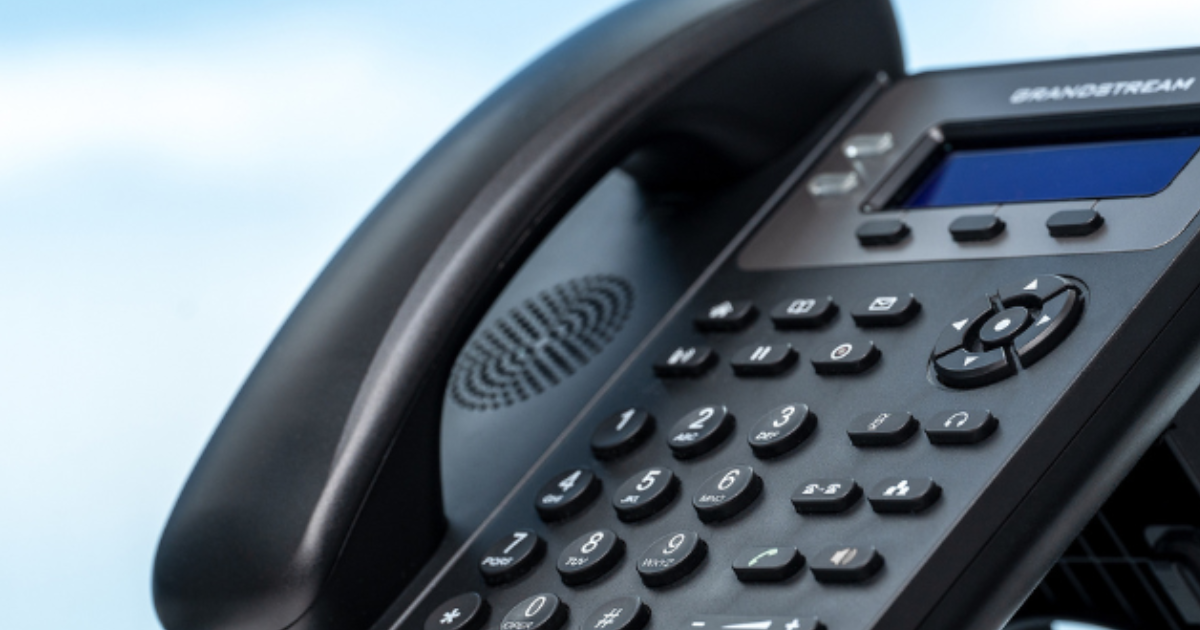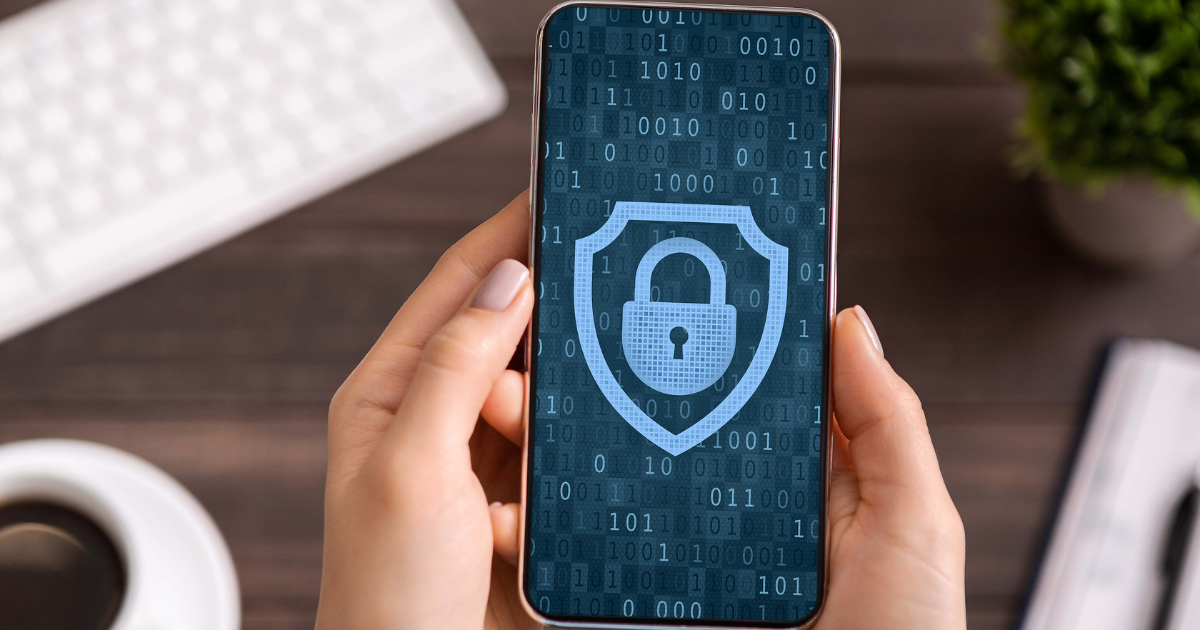Ransomware Attackers Are Targeting Smaller Companies (Here’s Why)

Many small business owners think they’re too unimportant for cybercriminals to bother with. The truth is that small businesses are targeted in more than half of ransomware attacks. You walk into your office one day, sit on your desk, as usual, get your coffee, and as soon as you try to log in, you notice that the network has been taken hostage. Next, you get a message saying you should pay a ransom or lose your data.
It may sound like a movie, but ransomware was estimated to cost the world about $20 billion in 2021. The ransomware-as-a-service (RaaS) licensing by numerous developers in exchange for a fee makes it simpler than ever for cyber actors to target victims. This reduces the requirement for many criminals to produce their own malware. As a small business owner, you must know how to defend yourself from these attacks. To do that, you’ll need to have a good understanding of what ransomware is
What exactly is ransomware?
When an employee opens an unknown email attachment or clicks a spam link in a phishing scam, it often leads to a ransomware attack. Once introduced into a system, it has the power to hijack a computer or perhaps an entire network. Additionally, ransomware is capable of entering a system undetected through security flaws. Ransomware and virus assaults are likely to target older versions of Microsoft Windows, for example. Even more recent systems become susceptible if updates for known security flaws aren’t applied. For instance, thousands of users were impacted by the ransomware assault in 2017. The only mistake they made was forgetting to install the latest Windows security update at the time.
Types of Ransomware
There are four main types of ransomware used in a malware attack:
- Locker ransomware blocks users from accessing their devices. This is the most basic type of ransomware. If a firm is lucky, a cybersecurity specialist may be able to re-establish access.
- The second type is crypto-ransomware which involves encrypting the users’ data. You can only gain access to your data using a decryption key that the hackers may not even have.
- RaaS entails criminals paying a ransomware strain’s creator to provide them with access to a particular ransomware strain on a pay-per-use basis. Similar to the SaaS approach, RaaS developers put their ransomware on dark net websites and let criminals subscribe to it.
- Lastly, there is double extortion data. This is a type of ransomware that encrypts files and exports data to extort victims into paying a ransom. In the case of double extortion ransomware, the attackers threaten to make the stolen material public if their demands are not satisfied. In other words, the attacker still controls the victim even if they can restore their data from a backup. Paying the ransom, however, does not ensure that the data will be protected either because the attackers still have access to the stolen information.
As soon as ransomware is installed, your computer will often display a message from the criminals. You’ll be asked to make a payment for your files to be accessible again or to be unlocked. If you don’t pay up, it might even threaten to publish private information. Hackers may ask for payment via cryptocurrency worth thousands of dollars. They typically set a short-term payment deadline. They may destroy or post your sensitive information online if you can’t pay in time.
Five Reasons Small Businesses Are More at Risk for Ransomware Attacks
- They get it into their heads that they’re too small to be attacked.
- Most small firms are unaware of the risk since they never hear about attacks on smaller enterprises; instead, they primarily hear about attacks on larger corporations.
- They frequently don’t realize they can be vulnerable to phishing attacks or attacks from fake websites.
- Finding the proper steps to secure their company might be too difficult for many small business owners. They also believe that the price of getting their networks connected is too high.
- Typically, small firms do not perform adequate data backups, making ransomware assaults simple.
Why ransomware should alarm your small business
The popularity of cloud storage, receiving payments online, and conducting most business online is growing, which is why cybercrimes such as ransomware are becoming more prevalent. There are a lot of potential victims because there are so many firms operating online. They may get past a company’s cyber security to cause havoc and make money doing it. The internet is like a bank vault with every combination for hackers. Cybercriminals have historically targeted important industries like hospitals, colleges, and governments. They knew these institutions could be brought down by a ransomware attack and had the resources to pay a ransom.
However, 71 percent of ransomware assaults increasingly target small enterprises. Why? Because they are easy targets. Small businesses frequently lack the training and safety measures to defend against an assault. Online retail, healthcare, and finance are often the most targeted niches. However, any small firm that manages its operations with a computer maintains data or does business online faces the risk of a ransomware attack. Looking for affordable Managed IT services? Then look no further than Copperband Technologies. Please fill out our Contact Form or call us at 931-263-8000 to get in touch right away.






